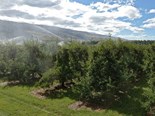Growing and grazing fodder beet
With farmers now demanding high performance and cost-efficiency from their crops, knowing how best to nurture and use this crop is essential to success
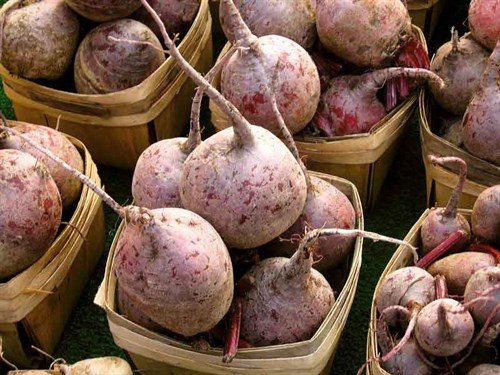
Fodder beet is potentially the highest yielding winter forage option currently available to farmers. Some of the advantages of growing fodder beet include:
- High dry matter yield
- Not in the brassica family, therefore, not susceptible to the brassica disease and pest problems
- Ease of feeding
- Low nitrogen requirement
- High in energy, palatability, and digestibility. However, unless care and attention is paid at establishment and the first eight weeks from planting, it can lead to a poor experience for growers.
Paddock selection

Paddocks suitable to grow fodder beet should have light to medium free draining soil types, with a soil pH > 6. Paddock selection should occur early in the planning and the first step is to get a soil test done.
Soil tests should be done using a deep probe (150mm) and the fertiliser company informed that its end use will be fodder beet. Soil pH is critical to the success of your paddock and can take some time to correct; 12 to 18 months in some cases. If your paddock is low in pH < 6, consideration should be given to not sow the paddock into fodder beet.
Fodder beet is not a candidate for direct drilling, and to help ensure a good strike of both fodder beet and weed seeds (so you can kill them), you need to deep plough and work until you get a firm and fine seedbed.
We recommend you select paddocks coming out of grass. However, fodder beet can be grown after a wide range of crops (including brassicas), but it is susceptible to chemical residues, particularly those typically found after a brassica crop. Also coming out of a cropping programme will normally increase weed content that may create issues in the future.
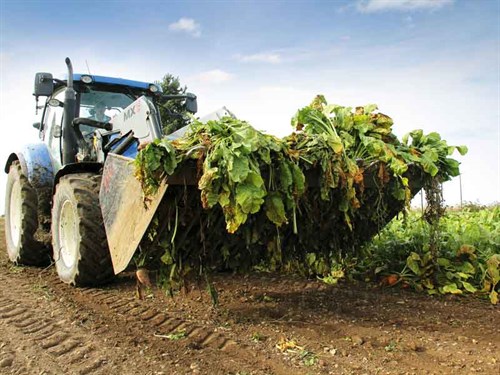
Soil types that have issues with ‘panning’ will need to be either deep-ploughed or sub-soiled to allow the important water root of the fodder beet to grow unrestricted. Fodder beet, once past the early establishment phase, is water economic and high yields have been achieved without the use of irrigation. However, as with all plants, irrigation is desirable. Irrigation has little benefit once the bulbs have fully developed.
Fodder beet is sensitive to the effects of residue in the soil from many commonly used agricultural chemicals. The paddock’s spray history over the last 12 to 15 months needs to be considered. If you are unsure, help should be sought from your agricultural chemical advisor when selecting your paddock.
Drilling
The drilling date is best between late September (in warmer climates) through until mid-November. Soil temperatures of >5 are fine. However, ensure these ground temperatures are rising and not fluctuating, as this could lead to some plants bolting to straight seed head.
Early drilling on light soil types is best as the palleted fodder beet seed can require up to 50mm to strike. Delay drilling if you’re going through a period of heavy frosts. Fodder beet needs to be slowly (speed ≤ 4km per hour) precision drilled at a depth of two to three centimetre. To achieve the desired 60,000 to 70,000 plants per hectare, you will need to sow 80,000 plants per hectare. A 50cm row width and a 15 to 20cm plant spacing are ideal.
Fertiliser requirements
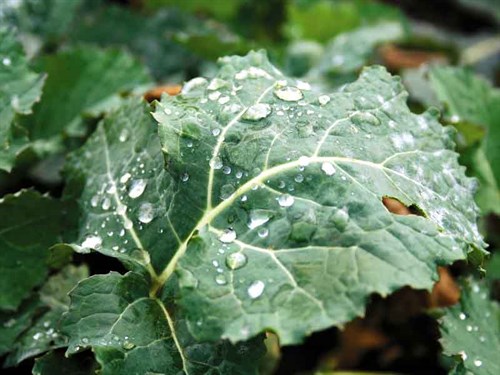
Given the potentially high yield of fodder beet, its fertiliser requirements at establishment are high. The amount of fertiliser used will depend on your soil results, and you should fine-tune your requirements after consulting your local fertiliser representative. The initial application of fertiliser is best done as a broadcast application prior to drilling.
As mentioned, soil pH is the single most important requirement for fodder beet. Fodder beet is also responsive to N.P.K.S but has a special requirement for magnesium, boron, and sodium. Levels of magnesium and boron will be determined by your soil test results. Like all members of the beet family, sodium is important.
Typically at drilling, the team at Specialty Seeds recommend 150–200kg/hectare Cropzeal 16 with 100–50kg of agricultural salt added to this. It’s important to use agricultural salt (readily available), as it’s finely ground. Nitrogen after planting should occur every four to six weeks after drilling up until bulbs are developed at between 80 and 100kg urea per hectare. This will typically mean two applications will be required, but don’t overuse nitrogen.
Weed and pest control
As fodder beet is slow to canopy, early total weed control is an essential element to the successful establishment of your fodder beet crop. If you’re a first-time grower, get your local chemical advisor to monitor your crop regularly as the first spraying starts within one to two days of the drill leaving your paddock.
If you’re spraying for weeds, and to a lesser extent, pests will occur regularly for the first eight to 10 weeks after drilling. Except for nysius, slugs and springtails are typically found on and around drilling time. Fodder beet is resistant to most pests issues typically found in brassica crops (i.e. diamondbacked moth).
Grazing fodder beet
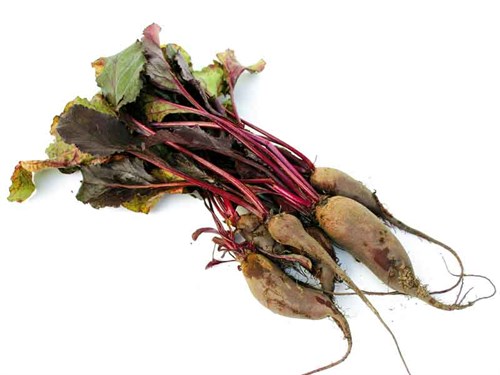
Fodder beet is only suitable as part of your winter grazing feed plan. A typical ration when feeding fodder beet is 50 to 60% fodder beet, 30 to 35% grass silage with the balance of the diet hay or straw. It is, therefore, similar to grazing brassica crops.
A daily limit of four to five kilogrammes DM per adult cow is recommended. Fodder beet is best grazed between May and August and is normally feed in situ. Like most brassica crops, stock should be slowly introduced to fodder beet during the Rumen adjustment period – typically seven to 10 days.
The hay and straw component of the diet is normally best feed to stock prior to accessing their daily ration of fodder beet. Fodder beet is better when strip grazed using wide and narrow grazing ‘faces’. This will allow less damage to the fodder beet and allow stock room to graze peacefully.
Always ensure stock has access to fresh and clean water while grazing fodder beet. A typical analysis of a fodder beet crop is: utilisation: 70–80%. DM: 15–20%, Crude Protein: 10% and ME: 12–13+ animal health. Early grazing of immature fodder beet can lead to nitrate poisoning – a potential issue for brassica crops. Fodder beet can produce a high proportion of its total dry matter yield from its tops. Excessive grazing of these tops can lead to scouring caused by the tops containing low levels of oxalates. The use of calcium is recommended when grazing.
Many of the stock health issues are more of a problem when you first start grazing fodder beet, so taking care during this period is critical. Check the mineral status of your stock regularly and adjust with trace elements as required. Specialty Seeds recommends consultation with your local vet prior to the start of grazing your fodder beet crops.
* Information supplied by Specialty Seeds (specseeds.co.nz)
Keep up to date in the industry by signing up to Farm Trader's free newsletter or liking us on Facebook


.jpg)
.jpeg)

.jpg)
.jpeg)
.jpg)
.jpeg)
.jpeg)

